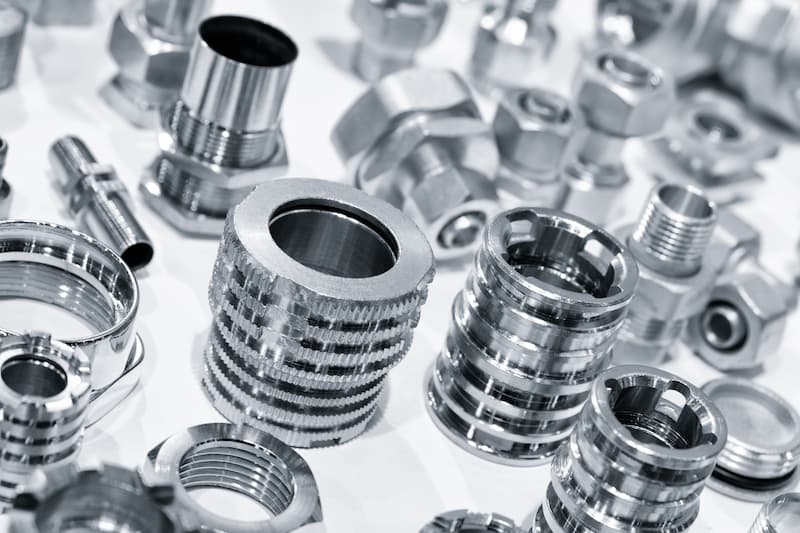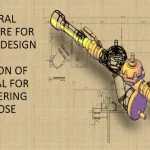All the machines are made up of elements or parts and each element may have to be designed separately and in assembly. The machines elements are classified into two main types: general purpose elements like nuts, bolts, bearings, couplings and special purpose elements like piston, crankshaft etc.
What are Machine Elements?
All the machines are made up of elements or parts and units. Each element is a separate part of the machine and it may have to be designed separately and in assembly. Each element in turn can be a complete part or made up of several small pieces which are joined together by riveting, welding etc. Several machine elements are assembled together to form what we call as complete machine, which performs various applications.
Classification of Machines Elements
The machines elements are classified into two main types: general purpose elements and special purpose elements. These have been described below:
1) General purpose elements: The elements which are common to various types of machines serving different applications are called general purpose elements. Examples of these elements are nuts, bolts, keys, axles, shafts, couplings, bearings etc.
2) Special purpose elements: The elements that are used only in the specific type of machine are called as special purpose elements. For instance piston and connecting rods are used in the engines and compressors, while blades are used in the turbines and blowers. Some other examples are cam shafts, push roads, crankshaft, cylinder etc.
Types of General Purpose Elements
The general purpose elements, which are common in all types of machines, are classified into two types: fasteners and elements of rotary motion drive. These are described below:
1) Fasteners: The fasteners are the machine elements that connect or join various parts of the machine. The joints can be of permanent type or temporary type. The permanent joints are the ones that cannot be separated or disassembled into individual elements without destroying or damaging them. The examples of permanent joints are welded joints, riveted joints etc. The temporary joints are the ones in which the individual elements of the assembly can be separated easily without destroying or damaging them. The joints obtained by nut and bolt, and the cotter joints are common and widely used examples of the temporary joints.
2) Elements of rotary motion drive: These are the elements that help transmit the motion or power to or from the machines. For example belt connected to the motor and pump helps running the pump. The fear box helps transmit the motion and power from the engine to the wheels of the vehicles. Other examples of elements of the rotary motion drive are rope, chain, gear, worm drives, shafts, axles, couplings, bearings etc.


